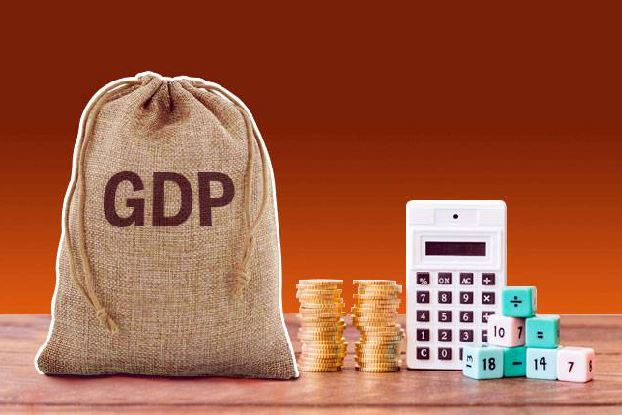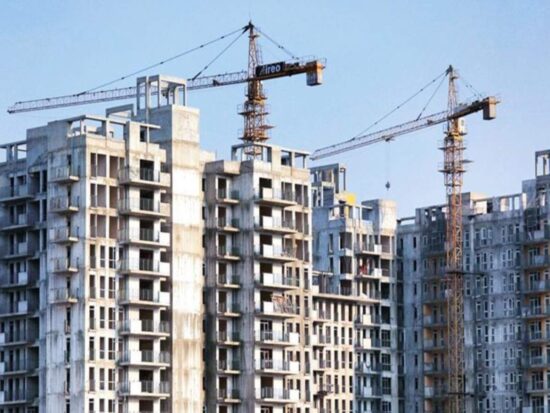
Sluggish Consumption Growth
- May 10, 2024
- 0
India’s surprisingly high growth for 2023-24 has caught analysts off guard. Compared to the average forecast of around 6% at the start of the fiscal year, growth is likely to print at 8%. Without unforeseen shocks, 2024-25 GDP growth is expected to remain in a respectable 6.5-7% range.
Some eyebrows have been raised about the credibility of the numbers, and others about technical niggles. However, the fact is that all granular indicators of activity point to strong growth momentum. It is perhaps sensible to recognise this unexpected traction in the economy, rather than get bogged down in technical quibbles.
The composition of growth also needs to be looked at more closely. Investments, particularly infrastructure building led by GoI, have led the charge, while consumption growth has significantly lagged. Average GDP growth has been close to 7.4% in 2022-23 and 2023-24, while consumption growth has averaged only 4.9%.
This is somewhat puzzling given the massive push for infra, especially roads. Construction is highly labour-intensive. Thus, infra projects lead to large hirings of workers, money in their hands and spending on consumer goods. The fact that this relationship has weakened could mean that construction has become more equipment-intensive, and job push from construction has waned.
That said, sluggish consumption growth is not surprising. The debate on whether the economy is exhibiting a K-shaped recovery, with the rich getting richer and the poor getting poorer, is a trifle misplaced. What might be happening is a dual-speed recovery, with the poorer households and small firms recovering slowly from the effects of the pandemic than those closer to the top of the income and size pyramid.
It does not take rocket science to understand why the proportional damage to poorer households’ and smaller firms’ balance sheets would be greater with a non-discriminatory shock like a pandemic. Prudent programmes like free food might have prevented acute distress. But all ‘discretionary’ spending for the less affluent has suffered.
Hence, mass-market consumption would take longer to perk up than premium products. Rural spending, which has a proportionally large share of the mass market, is now showing signs of recovery, which should pull consumption growth closer to the historical trend.






























































